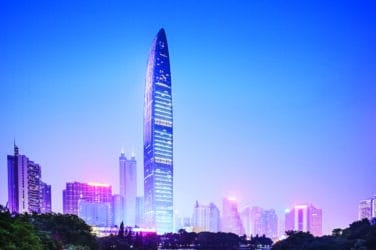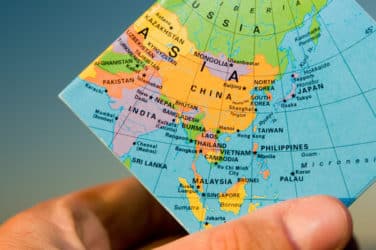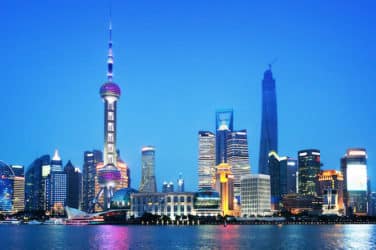
One global asset manager sees further growth in the Asian markets in the years to come, despite recent signs of a slowdown.
“Many market participants have said that growth in Asia, and particularly China, is slowing, but the government has actually been engineering a moderation in growth,” said Adam McCabe, senior portfolio manager with Aberdeen Asset Management. “The central bank has been controlling currency and credit. Some say the policies have been too successful.”
Chinese policymakers acknowledged earlier this year that their economic numbers had been weak, and thus it has begun to implement a relaxation of its credit policies.
The nation’s central bank, the People’s Bank of China, announced on Thursday that it would cut its key interest rates for the first time in four years, the latest in a series of measures taken by the nation’s policymakers to once again spur on growth.
The central bank has also for the first time given banks the flexibility to offer a range of interest rates to customers, within a specified range.
“The move is an important step towards ‘interest rate liberalization’, which we have long argued is China’s most urgent and also feasible reform,” Barclays Capital analysts Jian Chang, Yiping Huang and Lingxiu Yang said in a note.
The nation was able to sustain its strong growth in recent years, including through the depths of the global financial crisis, because of a host of stimulus measures, including the continuation of consumer and commercial lending.
“China’s economy continues to be very attractive, not only because of the country’s own growth prospects, but also because of the growth from countries with the demand of products and services from China, including Taiwan, South Korea and India,” said Adrian Lim, senior investment manager at Aberdeen Asset Management.
“Over the next decade, we expect to see the Chinese renminbi emerge as a global reserve currency,” said McCabe. “The RMB has been used more and more to denominate and settle trades in the region. The RMB will emerge, at the very least, as Asia’s reserve currency. The Chinese policymakers have been taking steps to replace the US dollar as the reserve currency for the region.”
The policies undertaken by China and other Asian countries are part of a wider strategy by the region to globalize.
“The growth of the offshore RMB will be the transformation driver for the region,” said Romnesh Lamba, head of market development for Hong Kong Exchanges & Clearing, during Sandler O’Neill’s Global Exchange and Brokerage Conference in New York last week. Lamba also noted that the continuing internationalization of mainland China’s exchanges and increasing cross-border flows will be key drivers for the region’s economy.





